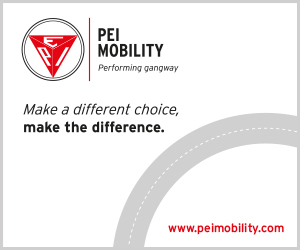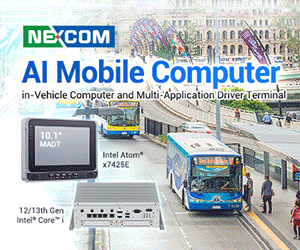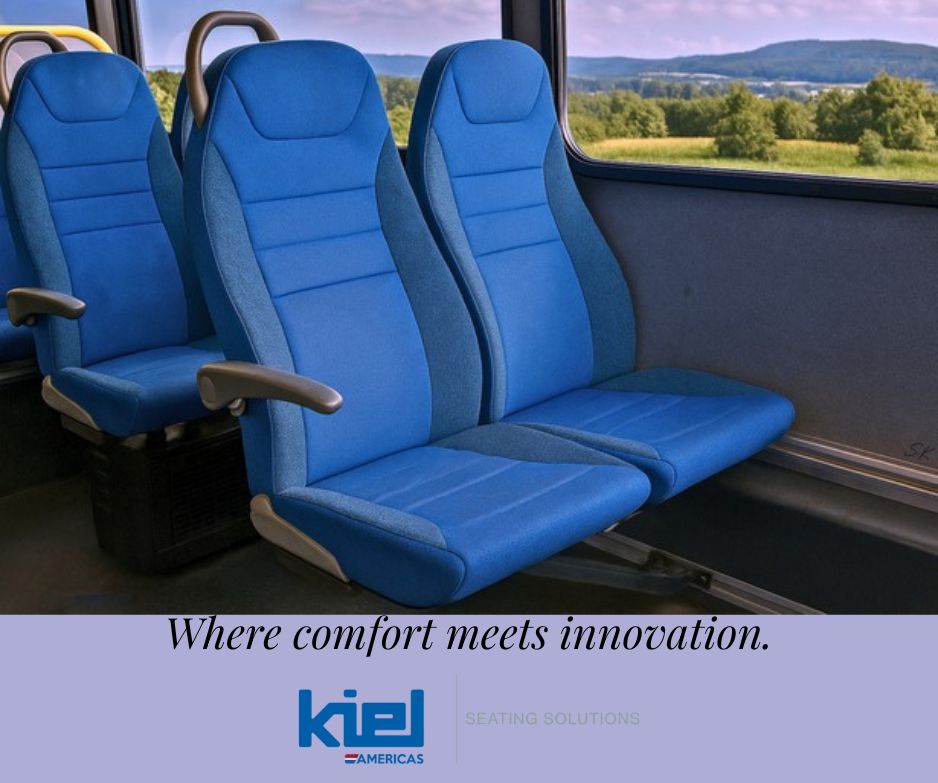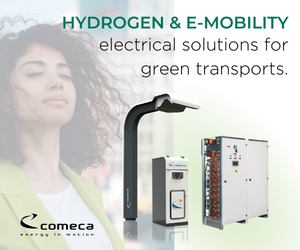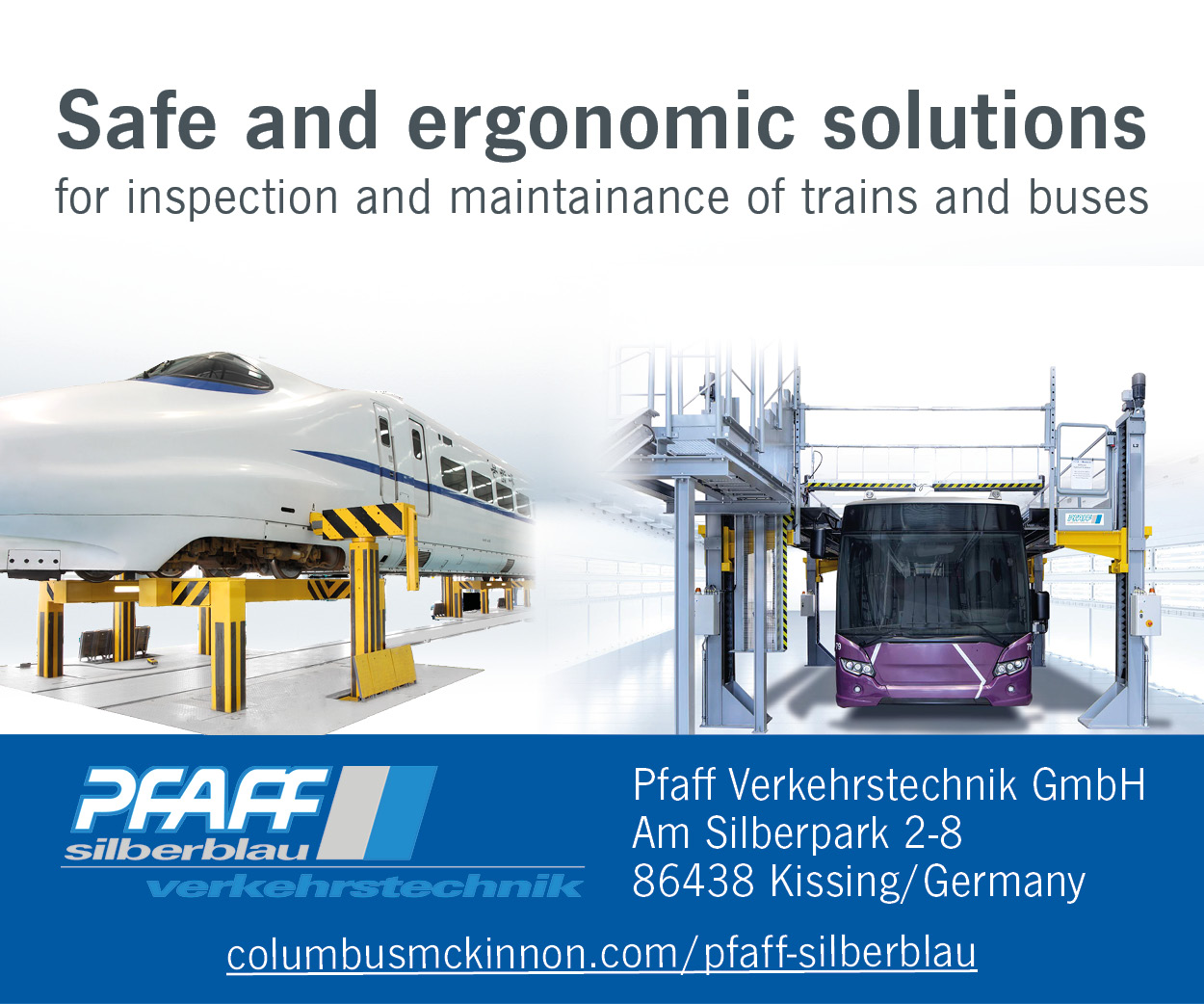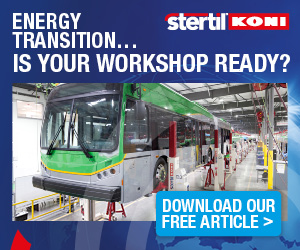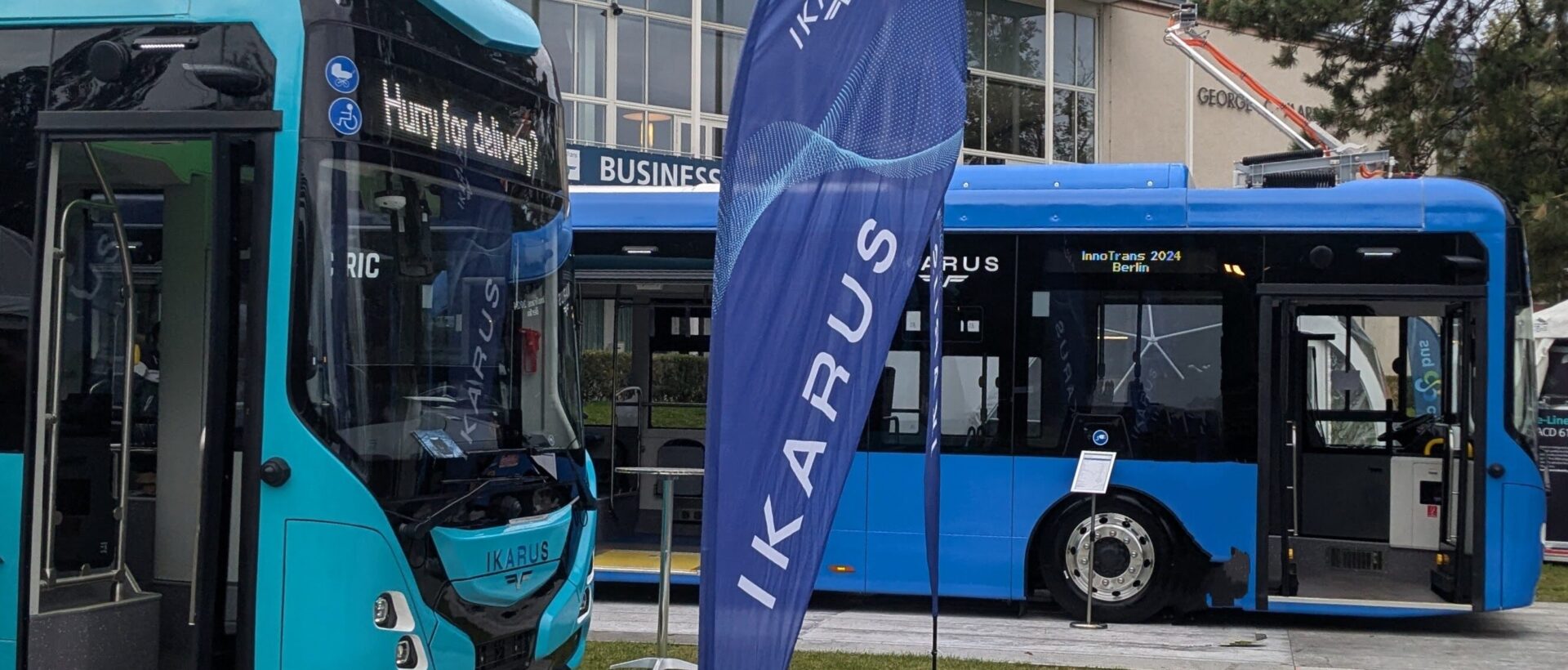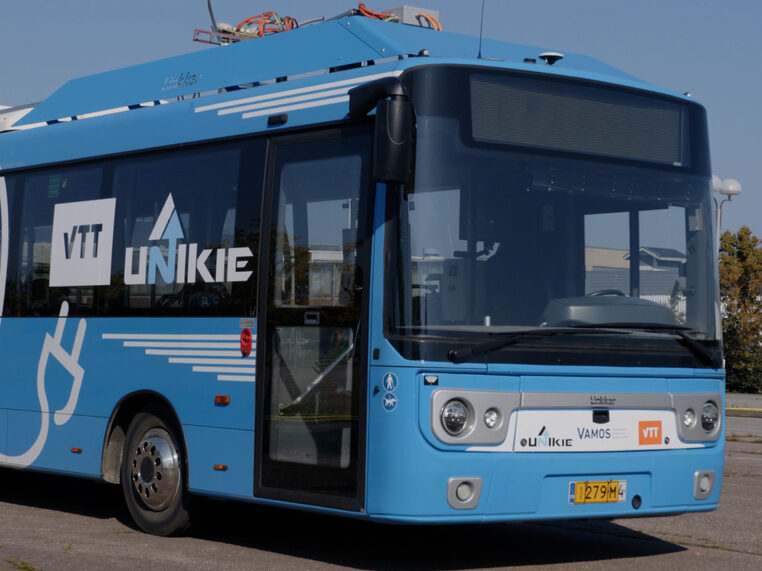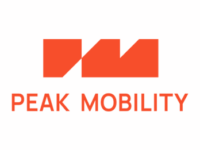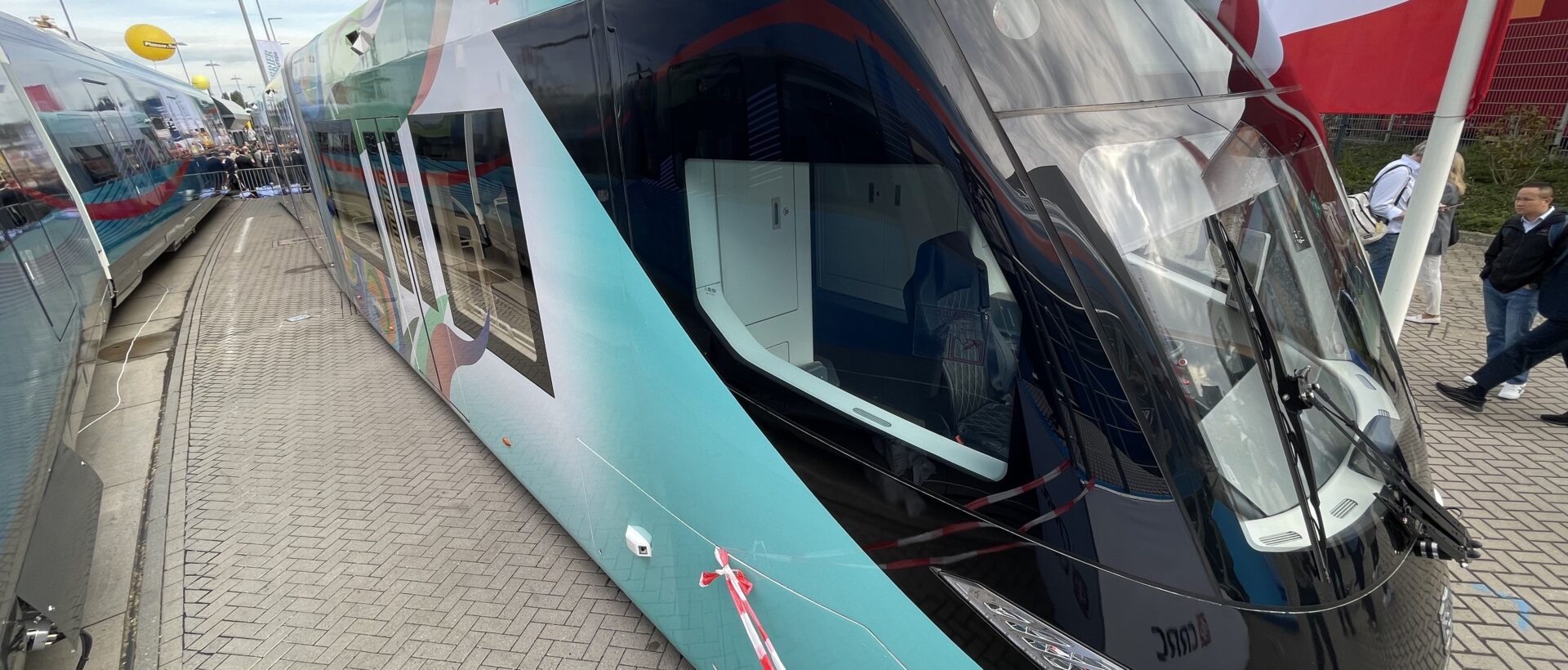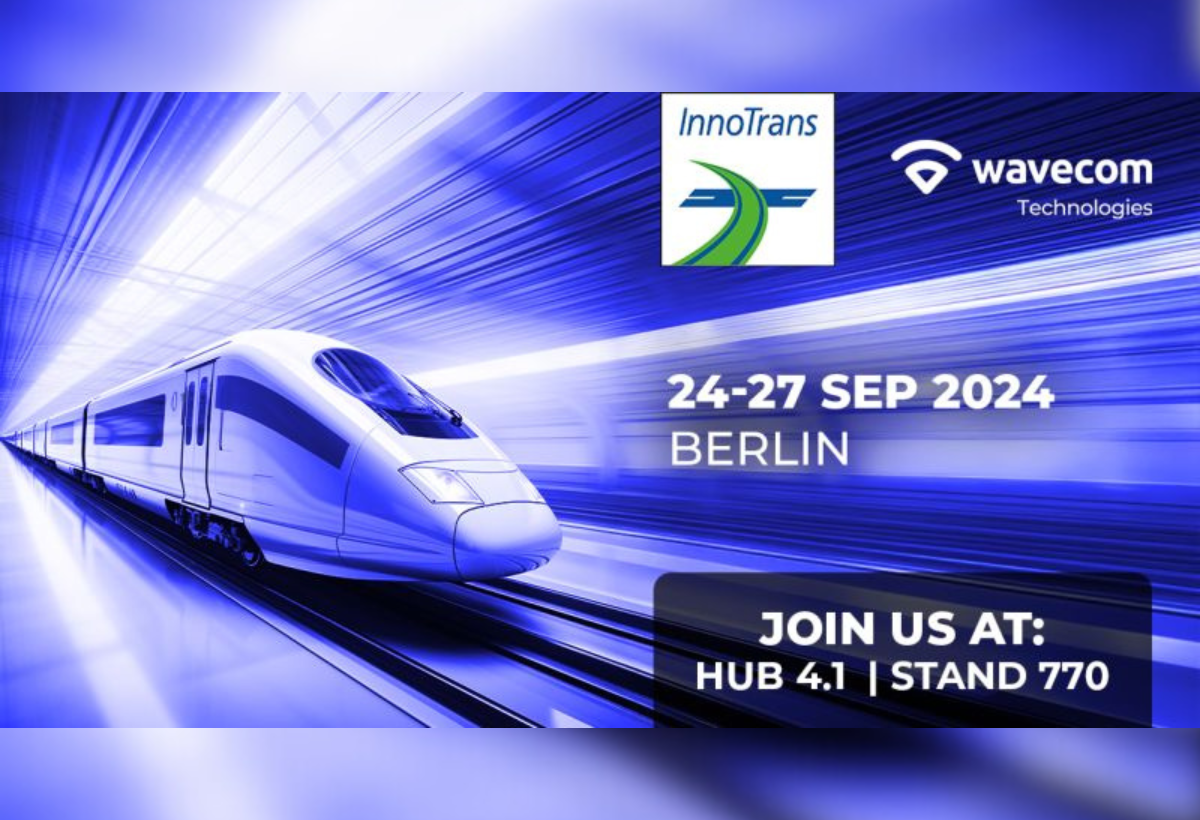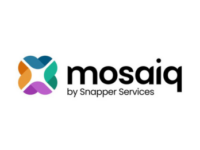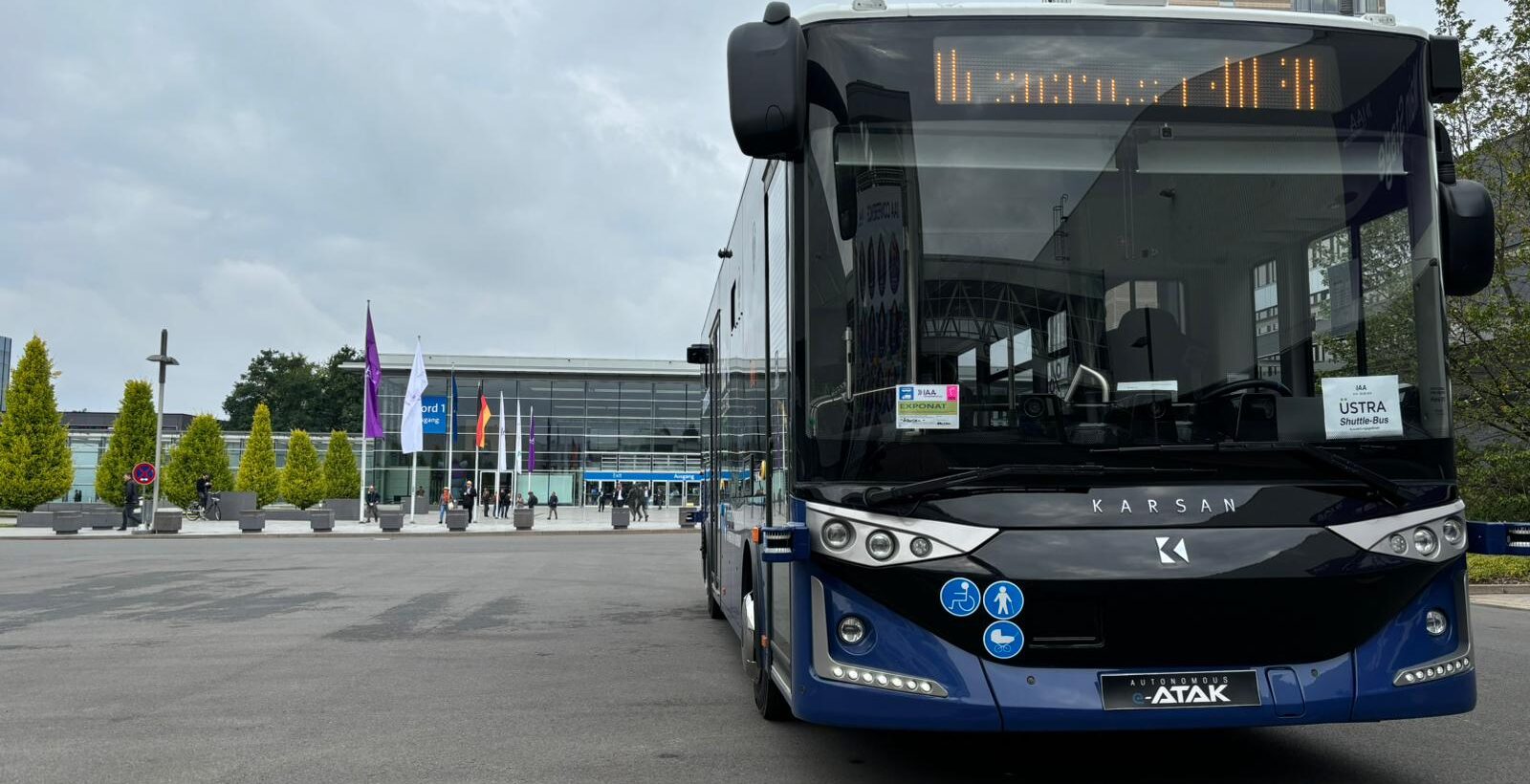During InnoTrans 2024, the International Bus Forum addressed the current developments and challenges faced by the bus industry. Notably, the convention explored whether the industry can keep pace with the rollout of new technologies to deliver efficient and desirable services.
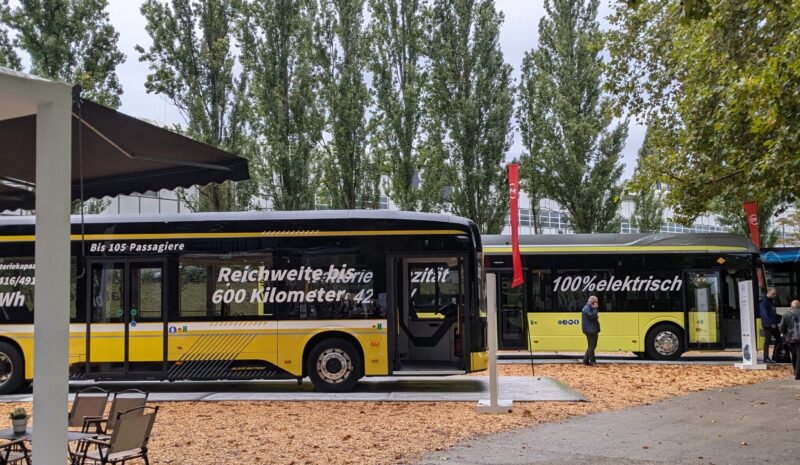
InnoTrans 2024 took place in Berlin from 24–27 September 2024. In line with global trends and developments, this year’s show included a particular focus on the role of artificial intelligence (AI) in making transport more efficient, sustainable and customer-friendly.
Despite this focus, during the International Bus Forum, Johannes Wieczorek, Permanent Secretary for Urban Mobility and Transport Berlin, stressed the importance of functionality and simplicity over implementing a plethora of new innovations. This sentiment was echoed by Dr Rolf Erfurt, COO of Berliner Verkehrsbetriebe (BVG), who emphasised the need to “provide stability prior to performing open heart surgery”.
Supporting Current Developments
The bus industry is already undergoing a major transition through the adoption of zero-emission vehicles. Although Erfurt noted that BVG achieved the same stability in vehicle availability for electric and diesel buses, he also acknowledged that the industry was still learning to combat associated challenges, such as fire safety for electric buses. Meanwhile, operators are balancing this transition with the need to improve services for passengers who desire frequent and reliable services.
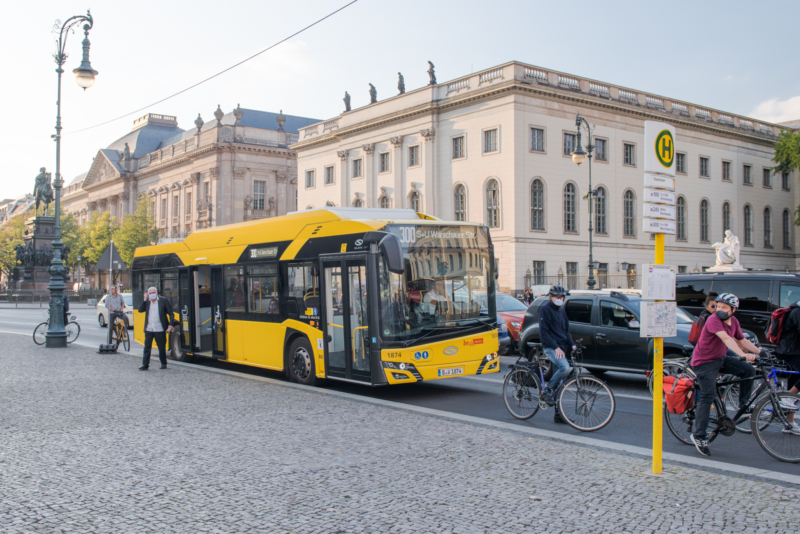
Consequently, applicable innovation is arguably key to effectively addressing these needs and providing solutions for new roadblocks and longstanding issues alike. For example, Christoph Ziegenmeyer, VP Communications and Public Affairs at MOIA argued that customers needed reliable, real-time information to feel in control of their journey. In response to this demand, digital solutions can provide key tools for collecting, processing and communicating the required data.
Joris D'Incà, Partner in Oliver Wyman's Transportation practice added:Innovation will become more important because there are big challenges in the future that can only be solved by technological innovations.
However, to successfully realise the benefits of new innovations, it is imperative for developments to align with relevant industry challenges in a way that is useful. What’s more, they also need to be delivered at the right time to provide a scalable solution. Otherwise, new ideas could clash with, rather than support, the industry’s current focus and roadmap.
Johannes Wieczorek, Permanent Secretary for Urban Mobility and Transport Berlin asserted:Innovations are great. Innovations are fantastic. But sometimes they don't come at the right time. Sometimes they don't come in the right quality. Berlin needs robust innovations, things that are worked out, that can be implemented, that users of public transport here in Berlin accept.
Simple and Effective Solutions
Innovations that do contribute to stability often leverage simple but effective ideas. For example, Wieczorek praised the Lightgate solution used on the S-Bahn, which shows waiting rail passengers how full individual carriages on trains are. By providing such information, this technology can help enhance the passenger experience without altering standard operations.
What’s more, to ensure innovation is not overcomplicated, Erfurt advocated for replicating successful implementations, rather than networks trying to reinvent their own solutions. Alongside the benefit of implementing proven solutions, Erfurt acknowledged that this approach could open up the possibility of joint tenders with other transport operations, as well as provide consistency for passengers across networks.
When initially trialling the technologies, Thomas Wolf, Chief Operating Officer at Siemens Mobility’s Hacon, highlighted the advantages of using specific locations as model cities. This allows resources and finances to be concentrated on perfecting a rollout before replicating best practices elsewhere.
This approach is particularly important for breakthrough technologies like autonomous driving, which require extensive research, testing and development. Although such innovations are far from simple to implement, they could play an effective role in combating industry challenges, such as driver shortages. It is therefore crucial to ensure investment in such technology is smart and collaborative.
Passenger Acceptance
Ease of use is a key criterion for a successful public transport network, and passenger acceptance and understanding of new technologies are therefore a necessary consideration, especially as the industry continues to follow the trend of digitalisation.
Christoph Ziegenmeyer, VP of Communications and Public Affairs at MOIA, highlighted that this challenge was particularly relevant in Europe, where operators must integrate new technologies with existing systems. In contrast, building entirely new networks allows operators to introduce the latest technologies as the standard from the outset, making adoption smoother for customers.
This applies to technologies such as tap-on and tap-off contactless payments on buses. In Germany, Ziegenmeyer noted that around 60% of payments were still made with cash, which is largely attributed to cultural factors and a high concern for data privacy. When rolling out new technologies, he therefore stressed that it was important to address these concerns and communicate effectively to reassure customers that their data was protected.
Through this approach, BVG has successfully eradicated cash payments on buses, largely influenced by adaptations during the pandemic. Alongside streamlining the boarding process for passengers, this change has saved the operator on costs and staffing resources that were previously used to service and clean onboard cash machines. These savings can now be reinvested into improving the network, reinforcing the advantages of embracing smart technologies.
Operator Support
In addition to customer-facing technologies, modern innovations are also transforming internal operations, such as depot management and scheduling.
For example, Bastian Dittbrenner, Managing Director at IVU Traffic Technologies explained how integrated IT systems could streamline resource planning and control centre operations. These systems not only ease the burden on human resources, particularly in the face of worker shortages, but they also play a crucial role in the shift to electric fleets by providing the necessary data for efficient charging and scheduling.
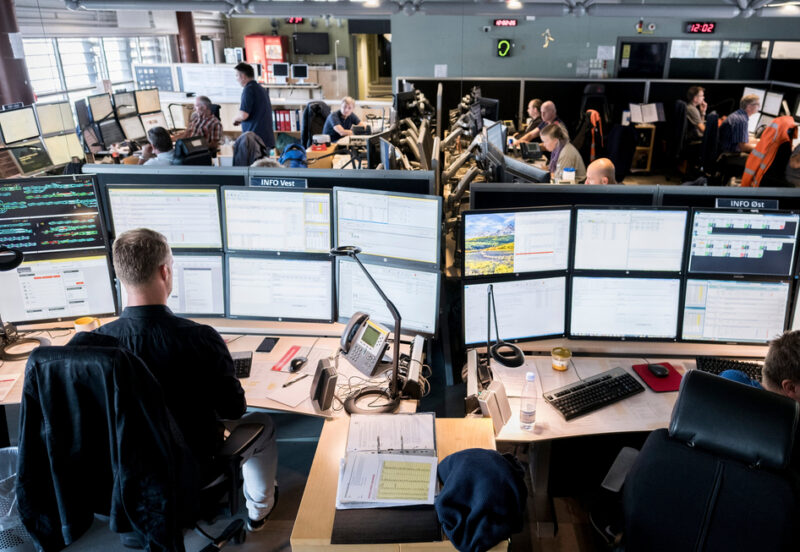
Alongside optimising daily operations, software innovations can also drive more informed network planning decisions. During the forum, Georg Polzer, Co-Founder & CEO at Teralytics detailed how analytics could be leveraged to assess how and where people move, thereby establishing the demand for services.
For example, a recent study in Bamberg, Germany revealed a high demand for public transport on Sundays, prompting the operator to offer more services. Similarly, commuting data can reveal from how far people travel into a city, informing the geographical scope of public transport networks.
Polzer also highlighted the growing use of digital twins – virtual models that allow operators to simulate and evaluate the impact of potential decisions, such as adding new stops to a bus route. This ability to visualise outcomes enables operators to make data-driven, strategic choices that can enhance service efficiency and customer satisfaction.
Despite these potential benefits, Dittbrenner acknowledged the need for gradual implementations, so that operators understand the systems and can effectively use the data. This approach allows for smoother integration, helping organisations and their team members adapt to new technologies.
Conclusions
Overall, the discussions at InnoTrans 2024’s International Bus Forum highlighted the balance the bus industry must strike as it navigates new technology. While AI-powered tools offer significant opportunities for enhanced efficiency and passenger satisfaction, the forum underlined the importance of smart and gradual implementation.
The bus industry is already undergoing a major transition to electric fleets, while also striving to meet passengers’ needs. As operators seek to integrate new innovations, they must ensure the technologies are practical and aligned with existing systems and customer expectations. Simple, proven solutions often provide more immediate stability, while more ambitious technologies, such as autonomous driving, require careful, phased rollouts.
Ultimately, the discussion made clear that while the future of public transport depends on embracing technological advancements, this must be done in a way that supports rather than disrupts current operations. Collaboration between operators, clear communication with customers and a focus on scalability will be key to delivering robust, future-proof solutions that address current challenges and future needs.


